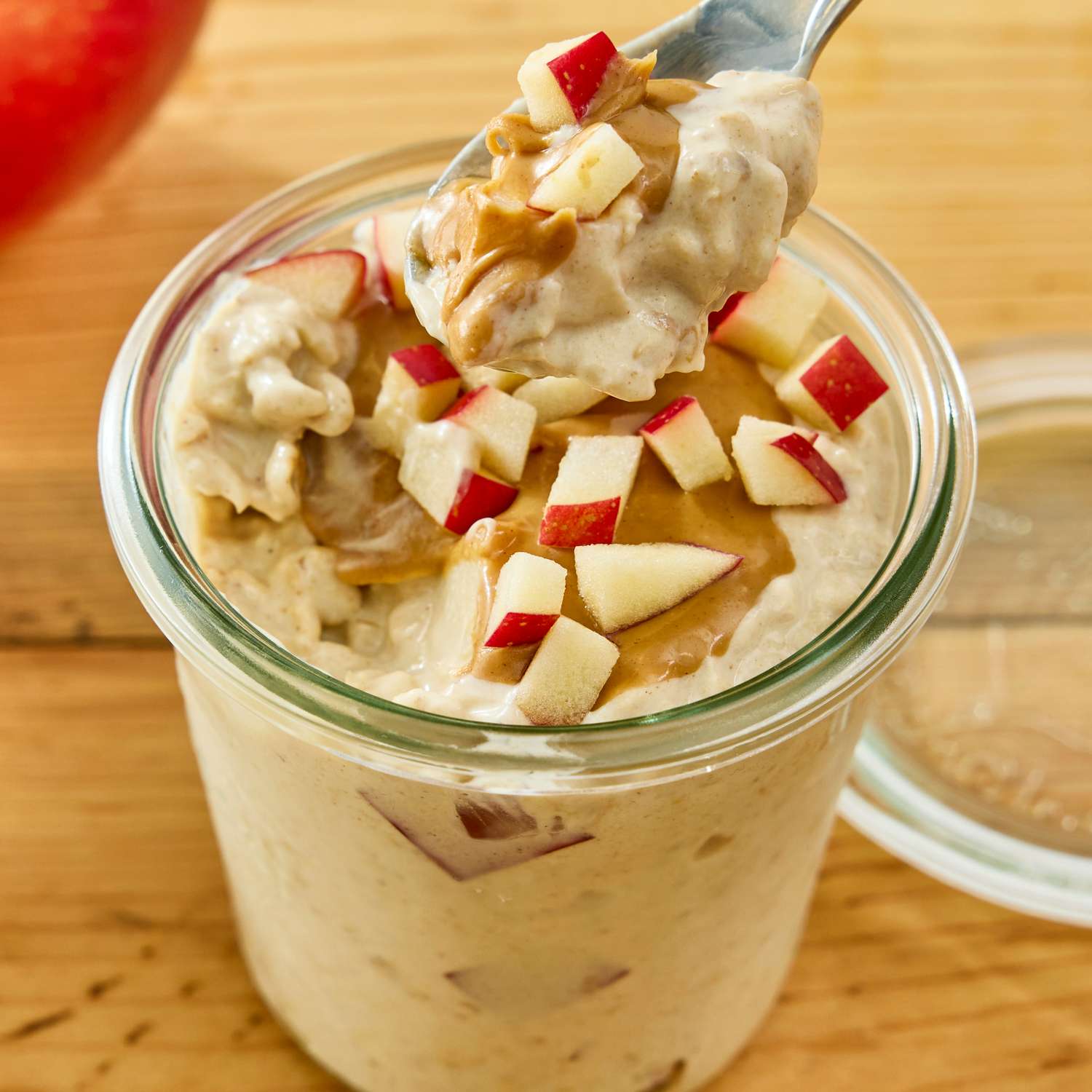How to start eating more plants
Making changes to how you eat can feel overwhelming. To avoid biting off more than you can chew, Murray shares these easy ways to start eating more plant-based options.
Add healthy foods to your diet
Eating more plant foods doesn’t mean cutting out your favorite options. Instead, think about how you can add healthy options alongside the foods you already enjoy.
Don’t want to part with your favorite after-dinner snack? Challenge yourself to eat half an apple before reaching for chips or ice cream. This allows you to get the nutrients from the apple and may mean you end up eating fewer chips or scoops of ice cream.
Can’t stomach the thought of eating veggies without ranch? Instead of drowning your veggies in sauce, try dipping them instead. This allows you to control the amount of sauce you use so that you ultimately consume fewer calories.
Remember: plant-based doesn’t always mean healthy
Just because a product is plant-based doesn’t automatically mean it’s healthy. Here are some tips for selecting healthy options.
Cut back on ultra-processed foods
Ultra-processed foods contain additives that change their appearance, flavor or shelf-life. These options often contain fewer nutrients and more empty calories, sugar, salt and fat than whole foods.
Examples of ultra-processed foods include chips, candy, and store-bought baked goods and desserts.
If you’ve ever felt like it was impossible to stop eating these types of foods, there’s a good reason for that.
“You eat more because your body is searching for the nutrients in these ultra-processed foods that are high in calories and very low in nutrients,” Murray explains. “If you’re not paying attention to how much of these foods you’re eating, you’ll consume a lot of calories and additives, very few nutrients and could still feel hungry.”
To avoid consuming too much ultra-processed food, she suggests reading nutrition labels and eating one serving rather than multiple.
Watch for added sugar
Men should eat less than 36 grams of added sugar per day, while women should eat less than 25 grams.
Limit sodium
People ages 14 and older should consume less than 2,300 milligrams of sodium per day, according to the Dietary Guidelines for Americans.
Choose whole grain options
Options like brown rice, whole wheat bread and 100% whole wheat pasta are good sources of fiber.
Consider how an item is prepared
Not all food preparation methods are equally healthy. For example, deep frying items in oil increases their fat content, while some canned options have added sugar and sodium.
Increase servings slowly
One challenge of eating healthy is knowing how much to eat. Ideally, Murray suggests eating a cup of plant-based food at each meal. It can help to compare your serving to the size of your fist, which is generally about a cup.
Adding more plant-based foods to your diet can sometimes cause gas or other gastrointestinal issues due to the increase in fiber. If that’s the case for you, focus on adding one additional serving of plant-based food per day every week. You can also try cooking your vegetables to make the fiber easier to digest.
Choose what works best for you
Eating a plant-based diet doesn’t have to mean choosing only organic options or dedicating hours to meal prepping.
Instead, choose the options that work best for you. This might mean choosing dried, canned, frozen or pre-cut produce.
Remember: the best plant-based options are the ones you actually eat.
Request an appointment at MD Anderson online or call 1-877-632-6789.


